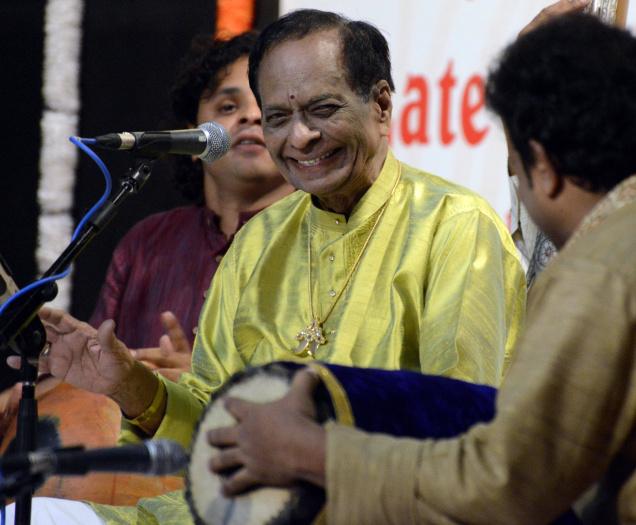Karnataka Beary Sahitya Academy chairman Rahim Uchil, writer and film maker, is working towards giving wings to his dreams on making Beary language popular. Rahim, who produced Beary movie ‘Mami Marmol’ and acted in many Beary movies, including ‘Sahana’, ‘Nangala Kutumba’ and ‘Beary’, wants to introduce Beary as an optional language in schools. Another major project, the academy has taken up under his guidance is to publish a comprehensive dictionary of Beary – Kannada – Malayalam – English.
Rahim, who assumed charge of the academy on February 6, was assaulted by miscreants at his office at Attavar on March 15. However, the incident did not deter him from going ahead with his dream projects that aims at popularizing the language and literature. Excerpts:
What is the major task before the academy?
Getting land for the construction of a cultural centre for Beary language is the task. We were pursuing the issue and have met district in-charge and higher education minister CT Ravi on the issue. A site has been identified at Padil in the city. However, it requires approval from the Mangalore City Corporation council and standing committee there. We will strive to realize the dream of having a cultural centre for Beary language.
Is there any proposal to conduct research on history of Beary language, literature, culture and heritage?
We have urged the government to establish Beary Study Chair at Mangalore University. Research can be carried out on history of Beary language through the Chair. We will also meet university vice-chancellor Prof TC Shivashankara Murthy to discuss about the proposal in detail.
Will academy take initiatives to introduce Beary language in schools?
The academy has plans of introducing Beary language as an optional language. We are in the process of framing a curriculum in Kannada script.
What is the major project on anvil?
The academy will soon publish a Beary – Kannada – Malayalam – English dictionary. We have set up a committee to chalk out plans to prepare the dictionary. The work will commence once the proposal is approved by the government. A meeting of language experts will be convened to discuss about the preparation of the dictionary. We are expecting to complete the work by March next year.
What is your take on the attack on you?
I had undergone a lot of physical and mental pain because of that attack, but the incident did not deter me from returning to office. I do not harbour any grouse nor seek revenge on those who have attacked. It is up to the law of the land and God to decide.
source: http://www.timesofindia.indiatimes.com / Home> City> Mangalore / by Vinobha KT / November 25th, 2012







